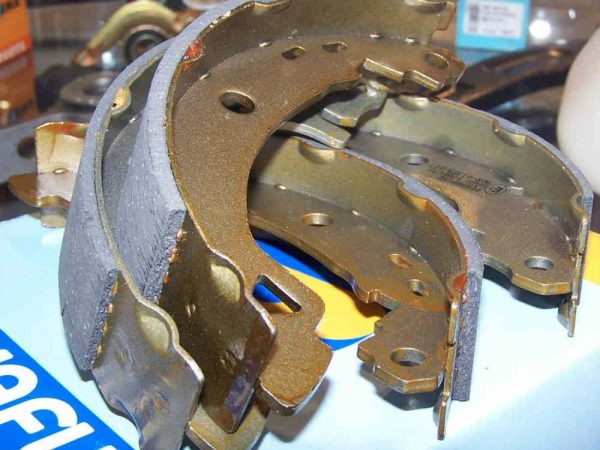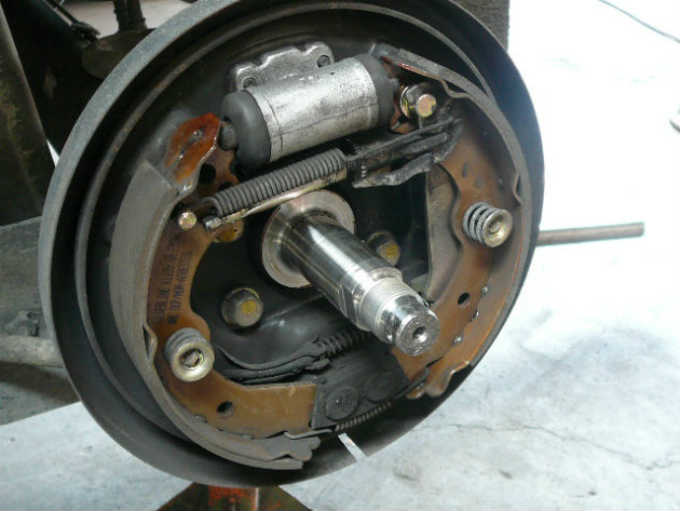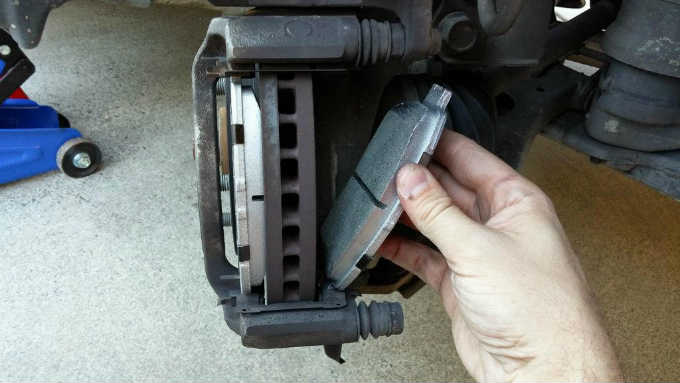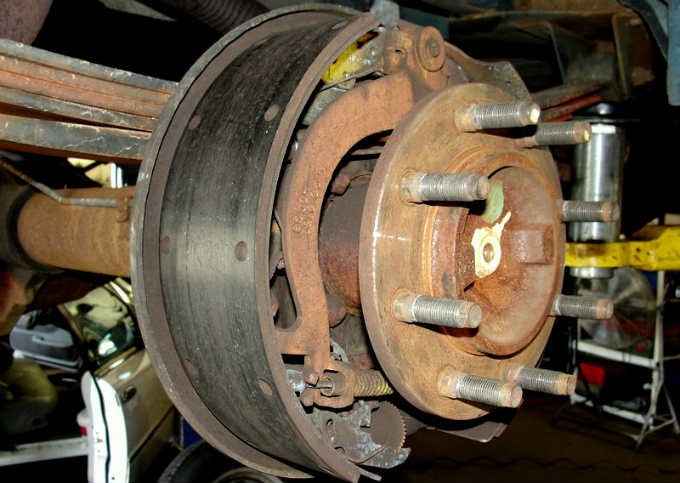03
Jan

Most of us take our car’s braking system for granted, especially when it is working properly and keep us and everyone else around us safe. Most drivers don’t put much thought into their ride’s brakes unless they start hearing a squealing sound or experience a slow response time which may lead to an accident. In order to prevent that from happening, it’s best that you learn more about these components. The best way to do so is to learn the difference between brake pads and brake shoe parts. Why? Because these are the parts that most commonly wear down, and you’ll need to replace them more frequently than any other part of the brake system.

Car brake shoes carry the brake lining inside brake drum systems. They are curved metal parts that feature a friction material on one side. When you apply your car’s brake, a wheel cylinder inside the drum brake forces the brake shoe parts against the inside of the drum, creating friction between the two parts and causing the car to slow down and stop. The kinetic energy that results from the friction is dissipated as heat. Most of the time, brake shoes are used on the rear axle. This is so because most new cars brake more sharply on the front wheels, so the temperatures the rear brakes need to withstand aren’t as high. Drum brake systems are more affordable to manufacture, which makes them more effective to use as parking brakes than disc brakes.

Brake pads are used in disc brake systems. They’re flat pieces of metal (usually made of steel) that feature a thick friction material on one side. The friction material can vary, depending on the brake’s calliper type, vehicle type and size. When you press down on your brake pedal, you apply pressure on the master cylinder, which is a piston surrounded by special brake fluid. The fluid then moves down the brake lines, where it applies pressure to the calliper. The calliper then squeezes the pair of brake pads against the disc, resulting in the car slowing the wheel down and eventually coming to a stop. The energy that’s released as a result of the friction is converted into heat that needs to be dispersed. As disc brakes have a quick cooling time, they provide superior stopping power. But as a result, the friction material will become thinner over time, and you’ll have to replace the brake pads eventually.
The two main differences between brake shoes and brake pads are the positioning and wear. Brake pads are positioned inside a calliper that surrounds the discs, whereas brake shoes are positioned inside the brake drum itself. As far as wear goes, brake shoes last significantly longer than brake parts, simply because they’re positioned on the rear axle and undertake a lower proportion of the braking work.
While you can’t use pads on drum brakes and brake shoes on disc brakes, you can have both on the same car. In fact, there are many vehicles that use a combination of the two types of braking systems. Especially smaller vehicles that have drum brake systems on the rear axle, and disc brake systems on the front axle.

Braking systems nowadays use a lot of different technologies, such as computers, sensors and precision-engineered parts to keep you safe. Disc brakes, in particular, are very advanced, whereas drum brakes have remained unchanged. However, drum brake systems still find a lot of uses today, simply because of their low manufacturing cost and the fact that they still get the job done. Drum brakes are made of cast iron, and all of their components are located inside of the drum. They’re easy to maintain, and most of their components are held in place with the help of spring tension.
Replacing a brake shoe inside a drum is quite simple – you just pry the springs loose and the entire assembly will come apart. You can then put in the new shoe, reconnect the springs and bracket, and put the drum back on. You don’t need to open fluid lines or use a compressor to retract the pistons – it’s a task easily performed in less than 5 minutes once you remove the drum.
Disc brake systems are comprised of a calliper, a large metal rotor and 2 flat brake pads. The rotors are usually made from iron, but they can also be made from ceramics or carbon composite. The callipers on the disc brakes can use up to eight pistons in order to provide massive clamping force. Not only do these brakes offer superior stopping power, but they also offer better heat dissipation. Additionally, they can be inspected without having to remove your wheels, and they’re completely self-adjusting. Lastly, they’re more commonly used nowadays, which means you’ll have a wider selection of disc brake parts to choose from.